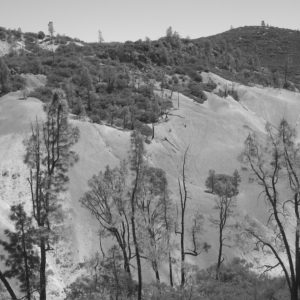I wrote this in May and thought that I submitted it for review, but as it turns out when I log on to post for June, that is is still here saved as a draft…oops. I suppose I am better with plants than technology. Anyways..the following is my May update, belated by 1 month:
I have been at the Hollister BLM office for 1 month now. Our main focus this month has been monitoring populations of the threatened Camissonia benitensis (San Benito Evening Primrose- a tiny little yellow primrose that actually blooms in the morning) as well as other rare spring blooming plants. We have surveyed previously known popluations as well as discovering some new populations in areas that my mentor had located as having potential habitat (C. benitensis‘ range is restricted to serpentine and serpentine transitional habitats..see previous posting for more info). It was exciting to find the new populations and also learning about many other new (to me) species that grow in these unique environments. Now that our surveying is complete, it is time to collect seed and I have spent several days this week collecting and processing C. benitensis seed. In addition to the work I am doing in the Hollister office, I have also spent some time working over at Fort Ord BLM including attending the dedication of Fort Ord as a National Monument last Saturday.
The clarkia’s are blooming and spring is definately coming to an end here on the central coast…there is hardly any green left in the hillsides. Every year in amazes how quickly the change happens!
Rachel Veal
Hollister BLM Botany Intern
Also..I attached a picture of the stark serpentine barrens at the Clear Creek Management Area, and also one of Clarkia breweri– a California endemic which typically grows in serpentine scree.


